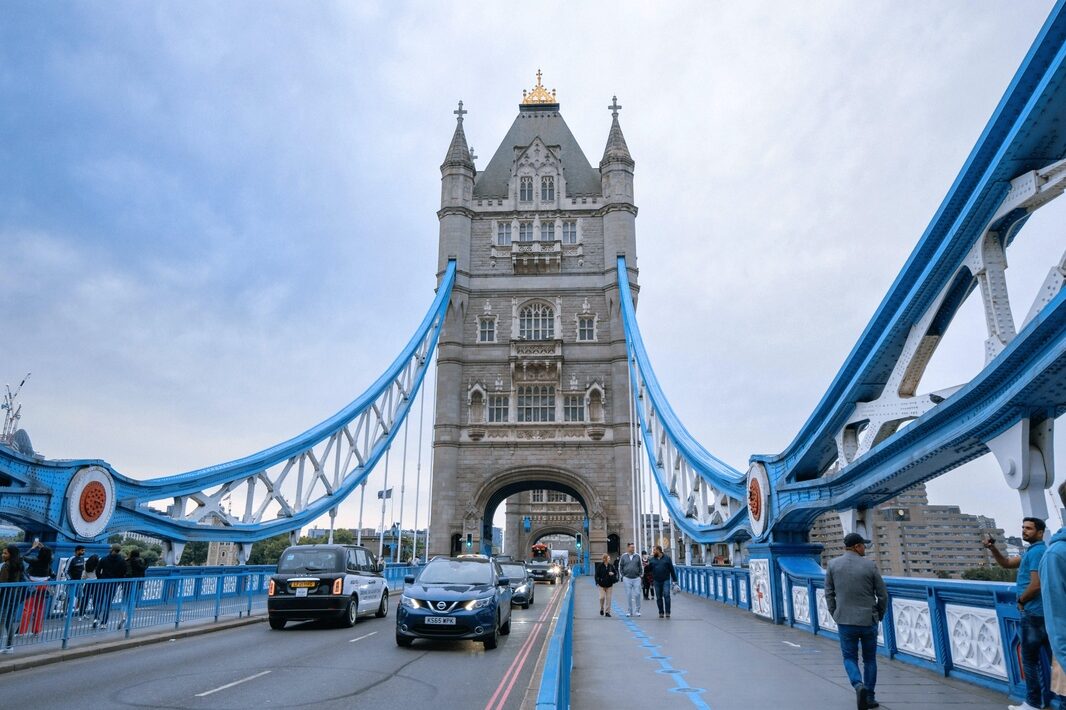Weaving Stories in Threads
The Elizabethan era (1558-1603) was a time of opulence and artistic flourish, and tapestry and textile arts emerged as mediums of exquisite beauty and storytelling. Woven with meticulous craftsmanship, these textile masterpieces adorned the interiors of noble houses, casting a spell of luxury and artistic sophistication.
Palaces of Thread
Tapestries were more than mere wall coverings; they were windows into narrative worlds. Elaborate scenes from history, mythology, and literature adorned the walls of Elizabethan palaces and great houses. These textile artworks transformed interiors into immersive visual narratives, inviting occupants and guests to engage with tales of heroism, romance, and culture.
Handcrafted Mastery
Tapestry and textile arts required immense skill and craftsmanship. Artisans, often working in weaving workshops, meticulously wove together intricate patterns, vibrant colors, and rich textures. The use of diverse weaving techniques, such as tapestry weave and embroidery, added depth and dimension to the designs, resulting in creations of breathtaking beauty.
Royal and Aristocratic Patronage
The production of tapestries and textiles was often commissioned by royalty and aristocracy. These textiles were symbols of wealth, prestige, and cultural refinement. Their creation involved not only weavers but also designers, artists, and master craftsmen who collaborated to bring intricate visions to life.
A Glimpse into Culture
Tapestries and textiles provided insights into the cultural values and interests of the Elizabethan era. Scenes from courtly life, hunting, feasting, and allegorical representations reflected the aristocratic pursuits and ideals of the time. These textiles were cultural artifacts that conveyed not only aesthetic beauty but also the spirit of the age.
Lavishness and Symbolism
Tapestry and textile arts celebrated opulence through lavish materials, including silk, gold thread, and precious fibers. This opulence often went hand in hand with symbolism. Heraldic motifs, emblems, and family crests woven into the designs communicated social status, lineage, and allegiances.
Theatrical Textiles
The Elizabethan love for drama and entertainment extended to textiles. Intricately embroidered costumes and theatrical backdrops added an extra layer of splendor to the stage. These textiles didn’t just adorn actors; they became integral elements that enhanced the visual spectacle of performances.
Preserving Legacy
Efforts to preserve Elizabethan tapestries and textiles are ongoing. Museums and historic sites house these delicate artworks, offering visitors a glimpse into the intricate beauty and artistry of the era. The preservation of these textiles ensures that their legacy lives on, continuing to inspire awe and admiration.
Inspiration for Today
The influence of Elizabethan tapestry and textile arts can be seen in modern interior design and fashion. The intricate patterns, rich colors, and attention to detail that characterized these textiles continue to inspire contemporary designers and artists.
Legacy of Craftsmanship
Tapestry and textile arts of the Elizabethan period stand as testaments to the marriage of artistic vision and meticulous craftsmanship. These textiles embody the values and aesthetics of an era that celebrated opulence and cultural sophistication. As we admire these masterpieces, we pay homage to the artists and artisans who wove stories and beauty into every thread.
Conclusion
Tapestry and textile arts of the Elizabethan era were expressions of luxury, creativity, and cultural sensibilities. Woven with skill and imbued with symbolism, these artworks adorned interiors, theatrical stages, and the cultural fabric of the time. The legacy of these textiles continues to captivate and inspire, reminding us of the enduring power of artistic craftsmanship.

